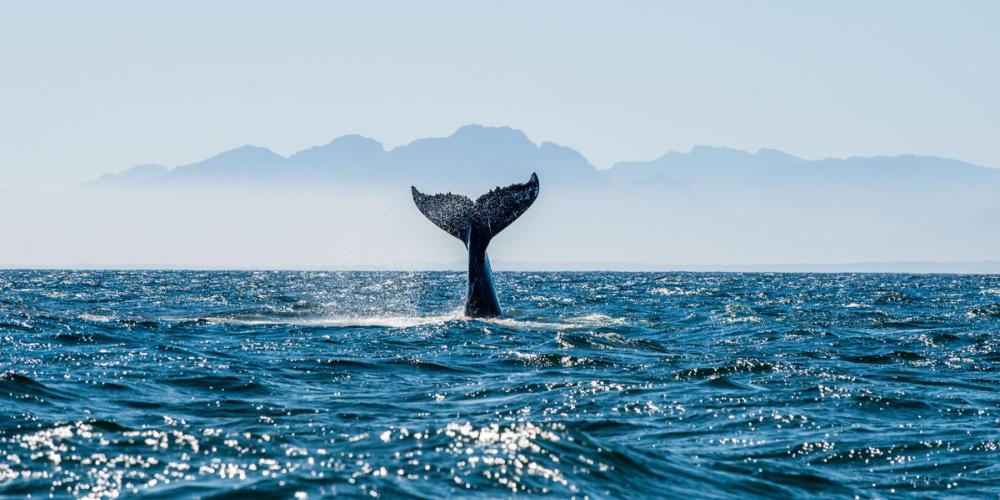
Along the Central American coast there is a unique situation where two populations of humpback whales from both the northern and southern hemispheres appear to breed. It is not clear at present whether these populations are mating with each other. To investigate further, VUB PhD student Joëlle De Weerdt wants to record whalesong off Nicaragua. Whalesong is only done by males (also called singers) and can provide information about potential exchanges between populations.
Among humpback whales, each population has its own song sung by every male, which can evolve over time. Males can change part of a song if they are close to another male and adopt elements of their song. This may be happening with populations in Nicaragua. By studying the characteristics of their song, De Weerdt hopes to determine whether whales from the two hemispheres interact with each other.
In addition to being a VUB lecturer, De Weerdt is director of the non-profit organisation ELI-S Cetacean Conservation Project of Nicaragua, which she founded in 2016 to, among other things, better protect cetaceans in the region. “The aim of my PhD is to collect data on the humpback and other cetacean populations that visit the Nicaraguan coast every year,” says De Weerdt. “For the humpbacks, it is mainly about detecting mothers with calves and singers, and mapping competitive groups. Furthermore, I try to describe reproductive zones. The principal data in this is the counts I carry out, with the identification of individuals from photographs of their tail fins. These, like our fingerprints, are unique to each whale.”
De Weerdt’s research is important because some humpback populations are endangered. “The main causes of death are entanglements in fishing nets and collisions with boats,” she says. “Humpbacks swim through giant nets that sometimes block their path from surface to seabed and get stuck, often resulting in drowning. Those nets are deadly to humpbacks, even if they are 16-metre behemoths weighing several tons. In the United States, for example, they regularly get caught in crab nets. The nets are a threat not only to humpbacks but also other whale species, bottlenose dolphins, spotted dolphins and sea turtles.”
De Weerdt has just received a major award from the Flemish Marine Institute, a recognition of the importance of her research. Since the start of her project, she has won three other awards: the Prix Terre de Femmes, which supports women striving to preserve biodiversity and change the world, awarded by the Yves Rocher Foundation (2017), the Denham Award (2018) for Community Engagement in Conservation, awarded by Ecology Project International, and the Young Researcher Award from the Jane Goodall Institute in France (2020). De Weerdt, who is self-funding her project, is still looking for support to help finance the final year of her research project. “It is essential for the research results that I can collect data for three years,” she says. “So I definitely want to monitor in 2023.”